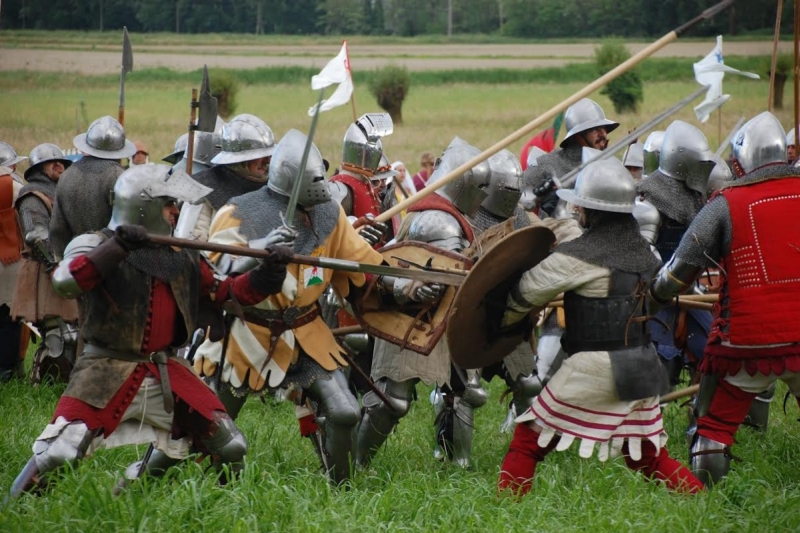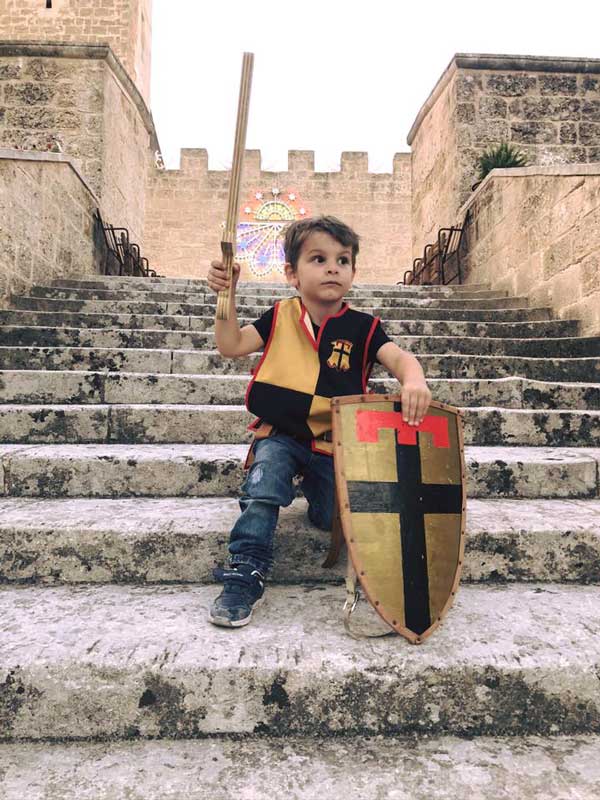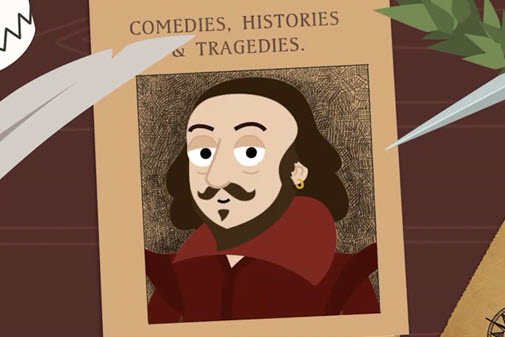Content begins here
Contenido de la página principal
Pulsa para colapsar
Characters are the reader's mirror
Objectives
In this lesson, we will learn the tools to create characters that are appealing both graphically and psychologically.
Who is your story aimed at?
Trying to get to know your readers is a valuable aid to creating effective stories.
Who are you writing your story for?
Telling a fairy tale to five-year-olds is quite different from telling a tragedy to middleaged adults. People think that stories for children should be lighter and stories for adults more complex, but this is not always the case. It is a question of how to approach and understand how the personality of a character can and should communicate to its target reader. A five-year-old child understands emotions very well, but is not used to a complex character. Knowing and confronting a sample of the audience by showing them a non-final version of the comic helps to understand if you have done your job well.

The characters: puppets without strings
Even if we use diagrams we must always remember that it is important that the protagonist creates identification with the reader. Just as the supporting characters must in some way remind the reader of friends, relatives, acquaintances. Especially if we set the story in a context far away in time or space. If the reader wants to feel involved in a story set in the Middle Ages, he must enter it through a protagonist and find a match in characters who are similar to him. With emotions, desires that may have as their object something different, but a common root.
Characterising already existing characters
How distant do we feel from the characters portrayed in history books or in the pages of newspapers?
Historical characters and real lives
Historical characters are considered distant, marble-like, forgetting that they were people, women and men with dreams, desires and needs like ours. The important effort to make is to try to put ourselves in their context and compare them to something close to us. Deduce from their actions the motivations and emotions they experienced and based on the context understand the complexity.

Research and invention
Let's take an example: if our typical reader is an adolescent, we have to reflect on the need for independence, a typical theme for that age group. Consequently, the historical character we tell them about must have something similar in their experience: the need to free themselves from captivity, for example. In this way our teenage reader, through emotional affinity and a pinch of adventure, will acquire notions of history without being constrained as in a school classroom. Verisimilar is better than didactic Let's start from the assumption that comics are a media created for entertainment and that, like a film or a novel, they will always give a sweetened version of the facts. The best thing is to construct a story, partly invented, that contains the documented facts. There is nothing more terrible than stories in which the characters talk about themselves without an ounce of emotion. It is the same with narrating a place; it is obvious that the stones are devoid of emotion, but human lives have passed between those stones. ž
Look around you
With sincere introspection you find the resources to bring the psychology of the characters to life.
What if you met him in the street?
Beyond the interiority of the characters, we need to give them a realistic and nontrivial form, so let's ask ourselves the question: if you met him in the street, what would he look like? Years of Disney feature films have created a standard so that negative characters are drawn with angular physiognomy and positive characters are rounded and harmonious. To go beyond these stereotypes we can draw on the world around us. Our friends, relatives, colleagues, neighbours are physiognomies that communicate a feeling to us. This feeling gives shape to the characters.
Gods and goddesses
It is a tradition in comics to take inspiration from the faces of film stars. In Italy, the well-known character Dylan Dog owes his face to the young Rupert Heverett; the French Blueberry has the face of Jean-Paul Belmondo. The choice of Samuel L. Jackson for the role of Nick Fury in the Avengers films came from Mark Millar and Bryan Hitch, authors of the comic book series that debuted in the United States in January 2002. The physiognomies of the stars serve as a starting point, because it is important to transcend them and arrive at new physiognomies and not make portraits of them.
Typecasting without stereotyping
Constructing a Character Design helps designers internalise them outside the story. As well as a practical means of maintaining consistency within a creative team, character design helps us bring them into the world. Clothing and posture help build a type that the reader quickly recognises, with simple design aiming at iconicity.

Conclusions
Constructing a Character Design helps designers internalize a character inside and outside the story and bring him/her into the world. Clothing and posture help build a type that the reader recognizes, with simple design aiming at iconicity
Video and PDF presentationPulsa para colapsar
The following video explains the content of this lesson and shows some examples:
Video T2.L2. T2.L2. who are the characters in the story
Here you have the content of the video in pdf in case you need to use it in your classroom:
Lesson contents in PDFPulsa para colapsar
Here you have the contents of the lesson in PDF:

